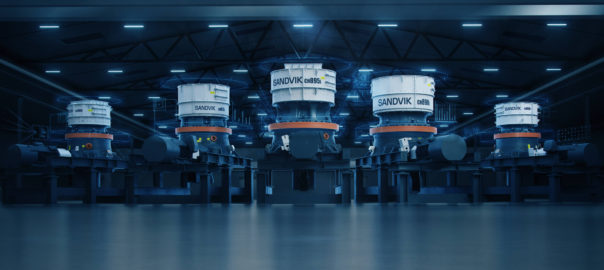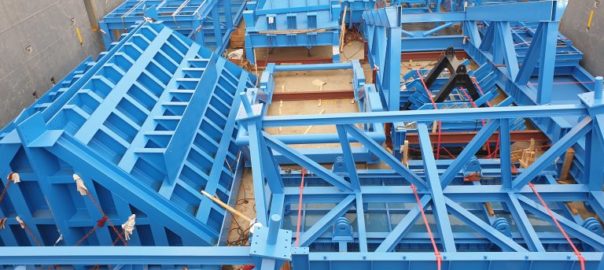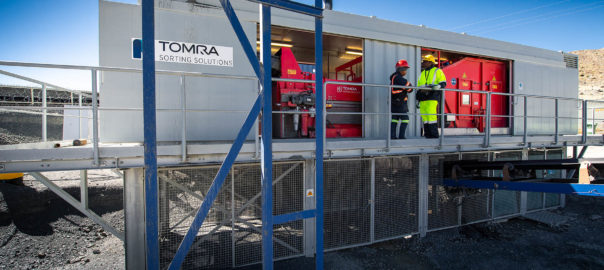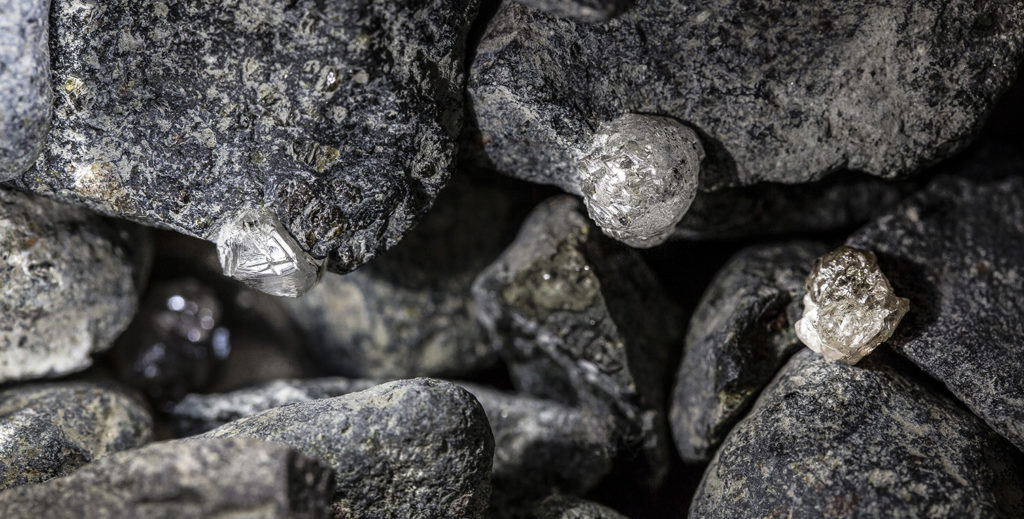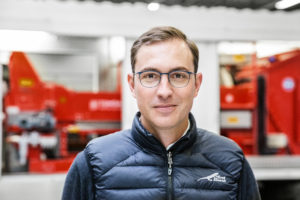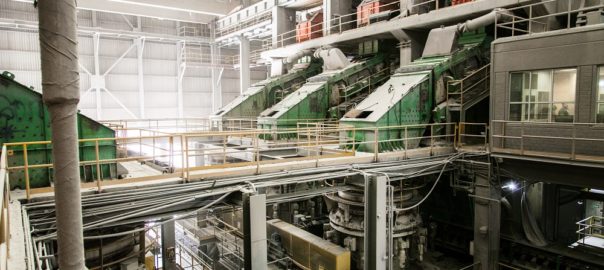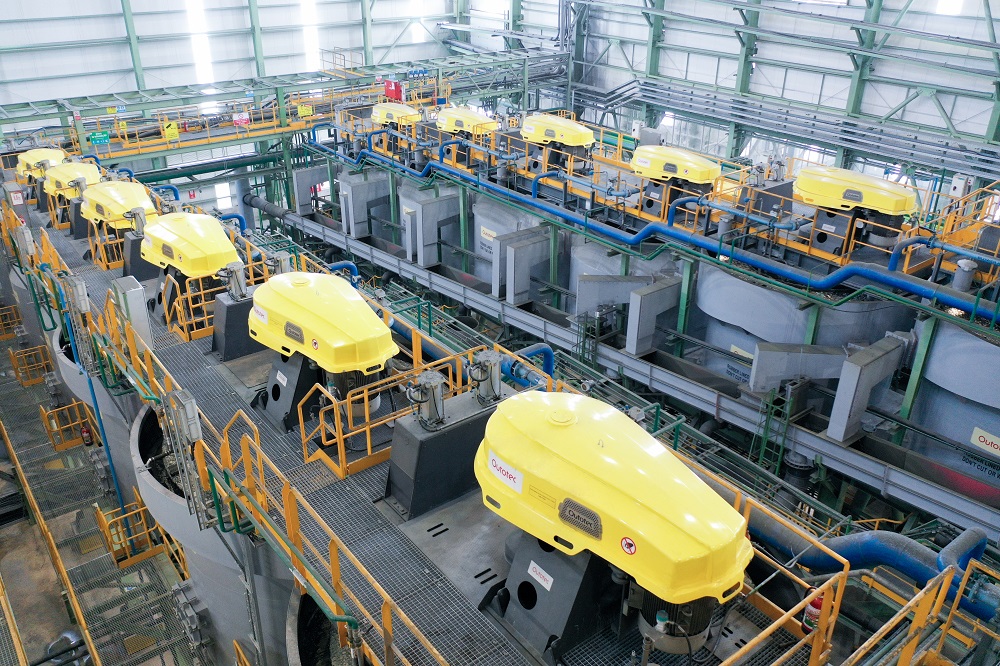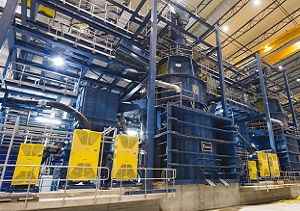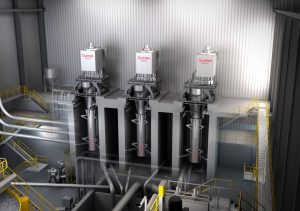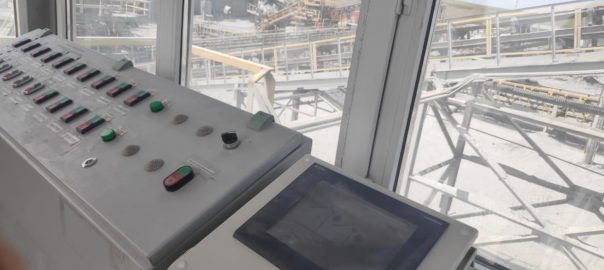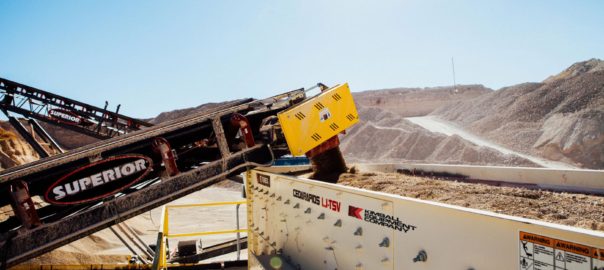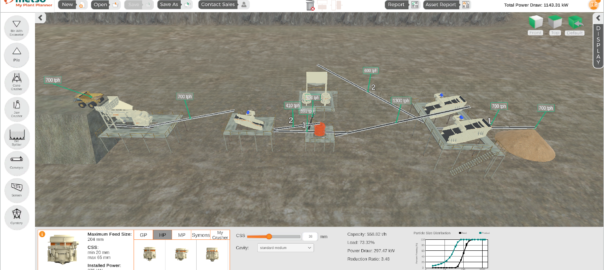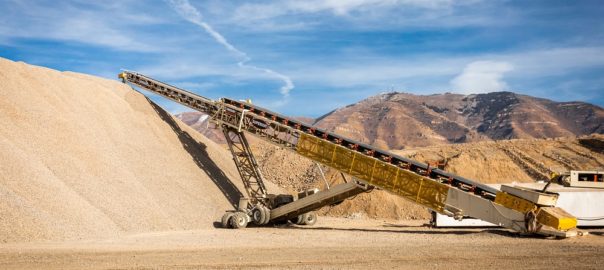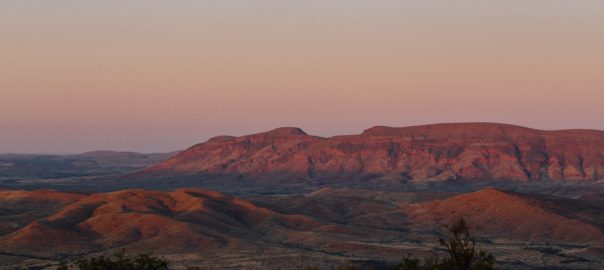Sandvik Group is encouraging circularity in the mining industry through the recycling of steel from used cone crusher parts to make new crushing equipment.
While extractive industries such as mining are responsible for 50% of global carbon dioxide (CO2) emissions, recycling steel from mining equipment could make all the difference, according to Anders Åkesson, QM EHS Manager, Crushing & Screening at Sandvik Mining & Rock Technology (SMRT).
Circularity is becoming vital in the reduction of CO2 emissions, and can help improve the environmental position of many industries. With the mining industry contributing a large percentage of global CO2 emissions, implementing circularity could help it make vital reductions, Åkesson says.
To produce equipment, the mining industry predominantly uses manganese steel, which is renowned for its work-hardening properties and resistance to abrasion. This means the material becomes harder with the more impact it receives, creating a low friction surface suited to crushing. For this reason, manganese steel has been used in high impact applications for over 100 years, making it an ideal material for cone crushers.
Cone crushers are used to grind down rocks, which are fed into the top of the crusher and pressed between the mantle and the cone. This breaks the rock down into smaller fragments, which are then passed through lower levels of the crusher where they are broken down further.
“It’s vital that cone crushers are made from a material that provides the necessary force to grind the rocks, while withstanding the abrasive nature of the process,” Åkesson said.
Using recycled steel from used cone crusher parts to make new cone crushers, Sandvik SMRT has demonstrated and improved circularity of steel production for mining equipment, he explained. The division was nominated for Sandvik’s first sustainability award in April 2020, which recognises sustainable innovations from its employees.
Sourcing manganese steel from one of the world’s most sustainable manganese foundries, based in Sweden, was the first step SMRT took towards its sustainable innovation. A total of 91% circular steel was used to manufacture wear parts, such as the cone and mantle of a cone crusher. These wear parts are reused to produce new wear parts for the cone crushers – creating a continuous cycle, Åkesson said.
Moving away from a linear model, Sandvik increased the circularity and sustainability of its products and eliminated 79% of production emissions, according to Åkesson. “In addition, Sandvik cone crushers help SMRT’s customers to lower their environmental impact as they are buying from the circular economy – contributing to their own sustainability goals,” he said.
Åkesson concluded: “With mining contributing towards CO2 emissions in more ways than one, it’s essential that the industry uses methods that reduce emissions. Reusing and recycling steel to manufacture mining equipment has demonstrated an opportunity that helps meet the sustainability goals of both equipment suppliers and their customers. If the industry wants to become circular, taking a look at equipment a good place to start.”







